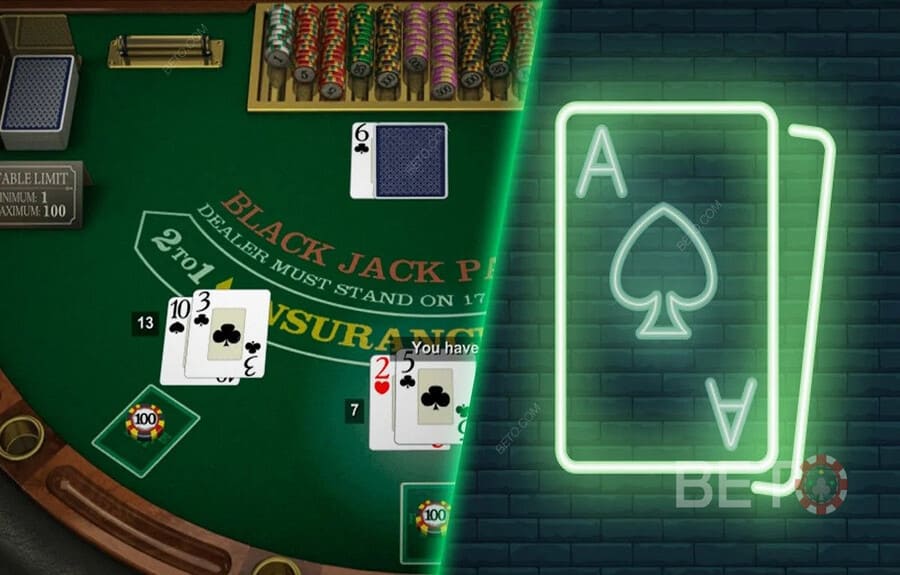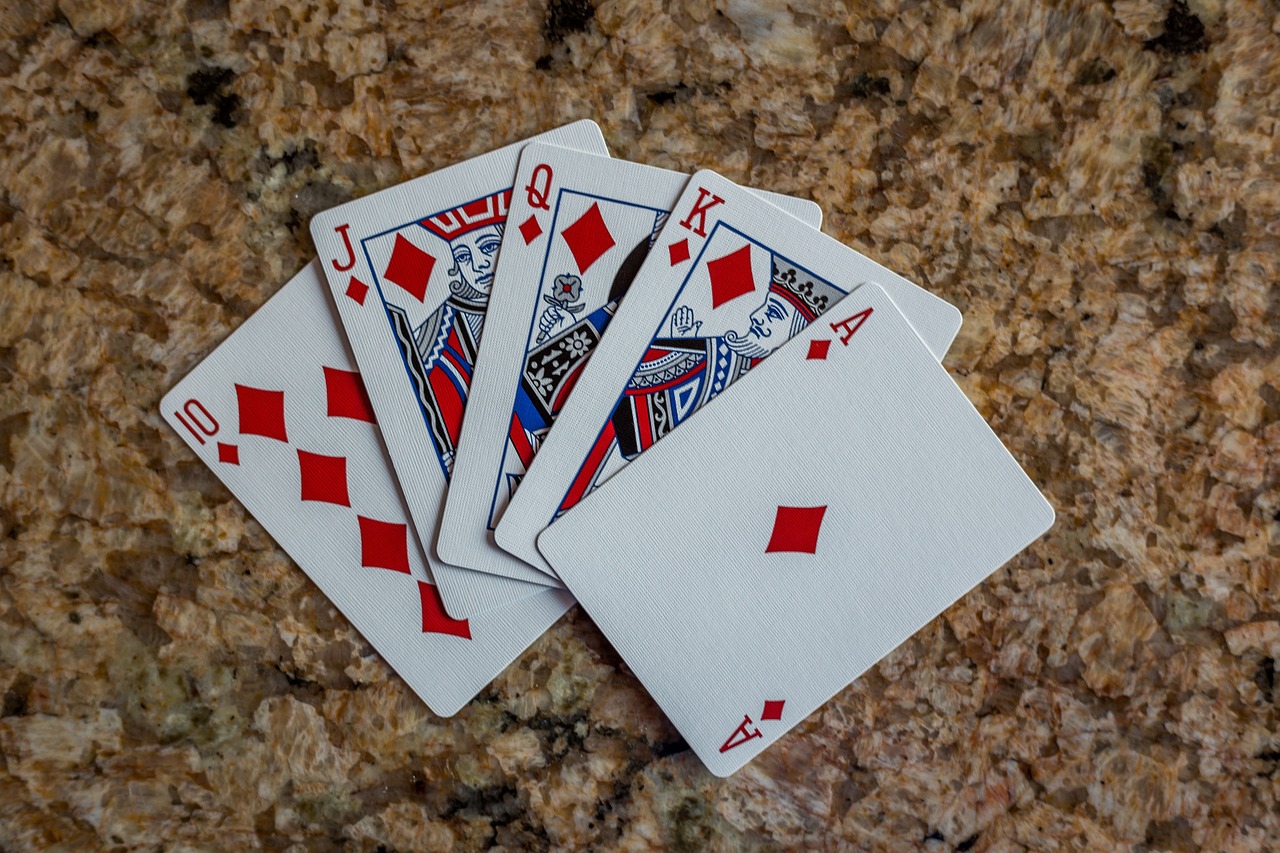밤알바를 찾고 계시나요? 이지알바 커뮤니티는 다양한 밤알바 일자리 정보를 제공하는 플랫폼입니다. 이곳에서는 고용주와 구직자가 서로를 만날 수 있는 기회의 장이 펼쳐집니다. 밤 시간대에 근무할 수 있는 다양한 일자리를 소개하고 있으며, 각각의 일자리에 대한 상세한 정보를 제공하여 구직자들이 자신에게 맞는 일자리를 쉽게 찾을 수 있도록 도와줍니다. 이지알바 커뮤니티의 장점 이지알바 커뮤니티는...
Continue reading...This Journalism
호스트바 알바 커리어 발전의 비밀
호스트바 알바는 많은 젊은이들에게 인기 있는 직업 중 하나입니다. 다양한 사람들을 만나고 대화를 나누며 즐거운 분위기를 조성하는 일은 매력적인 요소가 많기 때문일 호스트바 알바 커리어 발전 것입니다. 그러나 호스트바 알바를 단순히 재미있는 경험으로만 여기는 것은 큰 실수일 수 있습니다. 실제로 호스트바 알바는 커리어 발전의 좋은 출발점이 될 수 있습니다. 호스트바...
Continue reading...카지노사이트: 쿠폰, 이벤트, 프로모션, 보증으로 가득한 온라인 카지노
카지노사이트에서 즐기는 게임은 더 이상 단순한 도박이 아닙니다. 최고의 서비스와 다양한 혜택을 제공하는 온라인 카지노들은 플레이어들에게 끊임없는 즐거움을 카지노사이트 선사합니다. 이제는 쿠폰, 이벤트, 프로모션, 보증 등 다양한 혜택을 통해 더 많은 이용자들을 매료시키고 있습니다. 온라인 카지노사이트를 선택할 때에는 안전성과 다양성을 고려해야 합니다. 보증이 있는 사이트일수록 플레이어들이 안심하고 게임을 즐길 수...
Continue reading...온라인바라카로 즐기는 다채로운 쿠폰, 이벤트, 프로모션, 보증 혜택
온라인바라카를 통해 집에서도 현장의 분위기를 만끽할 수 있는 카지노 게임이 인기를 끌고 있습니다. 하지만 온라인바라카를 선택하게 되면 어떻게든 최대한의 혜택을 누리고 싶은 욕심이 생깁니다. 여기서 중요한 것이 바로 다양한 쿠폰, 이벤트, 프로모션, 그리고 보증 혜택을 잘 활용하는 것입니다. 온라인바라카 사이트에서 제공하는 다양한 혜택들을 살펴보면서 자신에게 맞는 것을 골라보세요. 쿠폰을 활용하면...
Continue reading...카지노사이트: 온라인으로 즐기는 카지노 게임의 매력
카지노는 전 세계적으로 인기 있는 카지노 게임 중 하나로, 현대에 이르러서는 온라인을 통해 언제 어디서나 즐길 수 있는 시대가 되었습니다. 카지노사이트를 통해 각종 카지노 게임을 즐기면서 실제 카지노에서 느낄 수 있는 재미와 긴장감을 경험할 수 있습니다. 카지노사이트 게임 온라인 카지노사이트에서는 다양한 카지노 게임을 만나볼 수 있습니다. 블랙잭, 포커, 슬롯머신 등...
Continue reading...호빠알바로 성공하는 길: 선수다 커뮤니티에서 찾는 기회
호빠알바: 시작하는 당신을 위한 첫걸음 호빠알바는 단순히 수입을 얻는 수단을 넘어서, 새로운 경력과 인생 경험을 쌓는 기회로 자리 잡고 있습니다. 이 업계에 처음 발을 딛는 이들에게 선수다 커뮤니티는 안내자 역할을 합니다. 여기서는 지역별, 업종별 다양한 호빠알바 정보를 제공하여, 각자의 조건과 요구에 맞는 일자리를 찾을 수 있도록 돕습니다. 이곳은 단순한 일자리...
Continue reading...안전놀이터와 이박사 플랫폼: 보증업체의 새로운 장을 여는 방법
안전놀이터 소개: 이박사 플랫폼의 혁신 안전놀이터는 믿을 수 있는 온라인 공간을 제공하는 것을 목표로 합니다. 이박사 플랫폼은 사용자들에게 검증된 업체만을 추천하여, 이용자들이 신뢰할 수 있는 서비스를 경험할 수 있도록 돕습니다. 이 플랫폼은 빅데이터와 철저한 검증 과정을 통해 업체들을 선별하며, 각 업체의 상세 정보와 인기도를 기준으로 순위를 매깁니다. 이러한 과정을 통해...
Continue reading...카지노사이트 검증업체의 엄선된 리스트
카지노의 세계는 끝없는 재미와 기회의 땅입니다. 카지노친구는 이 흥미진진한 세계를 탐험할 수 있는 최적의 길잡이입니다. “카지노사이트”를 찾고 계신가요? 더 이상 고민하지 마세요. 여기서 시작해 보는 건 어떨까요? 카지노사이트는 단순한 게임의 장이 아닙니다. 여러분의 취향과 예산에 맞는 다양한 게임 옵션을 제공하며, 보증업체부터 검증업체까지, 믿을 수 있는 정보를 바탕으로 한 선택을 가능하게...
Continue reading...신뢰할 수 있는 카지노사이트 목록 안내
카지노사이트 추천: 토토친구에서 시작하세요 카지노사이트를 찾고 계신가요? ‘토토친구’는 최고의 카지노사이트를 추천하며, 각 사이트의 빅데이터와 검증 정보를 제공합니다. 이용자들의 후기와 평가를 바탕으로 상위 순위의 카지노사이트를 소개하며, 각 사이트의 특징과 이용 방법에 대해 상세하게 안내합니다. 상세한 정보를 통해 여러분이 최적의 사이트를 선택할 수 있도록 도와드립니다. 카지노사이트 순위와 빅데이터의 중요성 카지노사이트 순위는 빅데이터...
Continue reading...온카: 최고의 카지노사이트 추천 및 순위 가이드!
카지노사이트: 선택의 중요성과 기준 온라인 카지노의 세계는 넓고 다양합니다. 수많은 카지노사이트 중에서 우수한 사이트를 선택하는 것은 중요합니다. 이를 위해 빅데이터 분석, 사용자 리뷰, 게임 품질 및 보안 등을 기준으로 사이트를 평가합니다. 카지노사이트 순위 및 추천: 온카의 전문적 평가 온카는 엄격한 기준을 통해 카지노사이트를 평가하고 추천합니다. 순위는 게임의 다양성, 사용자 경험,...
Continue reading...회생파산 이해와 지원: 이지론의 혁신적 접근
회생파산은 재정적 어려움에 처한 개인이나 기업이 법적으로 경제적 재기를 도모할 수 있는 법적 절차입니다. 이 과정은 복잡하고 어려운 면이 많지만, 올바른 정보와 지원을 통해 새로운 시작을 할 수 있습니다. 대출 상담 및 맞춤 비교 서비스는 이 과정에서 중요한 역할을 합니다. 개인의 상황에 맞는 최적의 대출 옵션을 찾아주는 것이 이지론의 전문성입니다....
Continue reading...파라오카지노: 빅데이터와 검증을 통한 최고의 카지노친구 추천
안녕하세요, 카지노친구입니다! 오늘은 여러분과 함께 빅데이터 기반의 카지노 추천, 파라오카지노를 소개하려 합니다. 빅데이터로 본 카지노 추천의 중요성 카지노 선택에 있어 가장 중요한 것은 신뢰성입니다. 빅데이터를 활용하여 사용자의 반응, 플레이 기록, 리뷰 등 다양한 정보를 분석하면, 가장 인기 있는 카지노를 찾아낼 수 있습니다. 파라오카지노 검증 과정 우리의 검증 팀은 다양한 테스트와...
Continue reading...카지노사이트의 모든 것: 선택에서 즐김까지
카지노사이트 순위와 추천의 기준 카지노사이트 선택은 사용자 경험을 기반으로 한 빅데이터 분석과 철저한 검증을 거친 업체정보를 바탕으로 합니다. 인기업체와 추천업체는 사용자의 리뷰와 평가, 그리고 게임의 다양성과 서비스의 질을 고려하여 선정됩니다. 카지노친구: 신뢰할 수 있는 카지노 파트너 카지노친구는 고객의 안전을 최우선으로 생각하여 보증업체만을 엄선하여 소개합니다. 업체목록은 정기적으로 업데이트되며, 각 업체소개에는 해당...
Continue reading...스웨디시 마사지: 건강과 휴식의 완벽한 조화
스웨디시 마사지는 스트레스 해소와 근육 이완에 탁월한 효과를 제공하는 마사지 방법입니다. 부드럽고 긴 스트로크를 사용하여 몸 전체의 긴장을 풀어주며, 혈액 순환을 촉진시키고 신체의 전반적인 웰빙을 증진시킵니다. 이 마사지는 신체의 균형을 맞추고 에너지 흐름을 조절하는 데 도움이 됩니다. 이는 특히 바쁜 일상에 지친 현대인에게 매우 유익합니다. 스웨디시 마사지의 가격은 지역과 업체에...
Continue reading...파워볼 마스터하기: 동행복권 파워볼의 모든 것
동행복권 파워볼은 숫자의 힘을 믿는 분들을 위한, 그야말로 숫자 예측의 신세계라 할 수 있습니다. 그런데 여기서 잠깐, 숫자를 예측한다는 것, 정말 가능할까요? 베픽은 ‘가능하다’고 말합니다. 베픽의 분석기를 통해서 말이죠. 이 게임은 간단합니다. 공에서 무작위로 추출된 숫자들을 예측하는 것인데요, 꽤 많은 분들이 이것이 단순한 운의 게임이라 생각하실 겁니다. 하지만 잠깐만요, 여기에는...
Continue reading...













